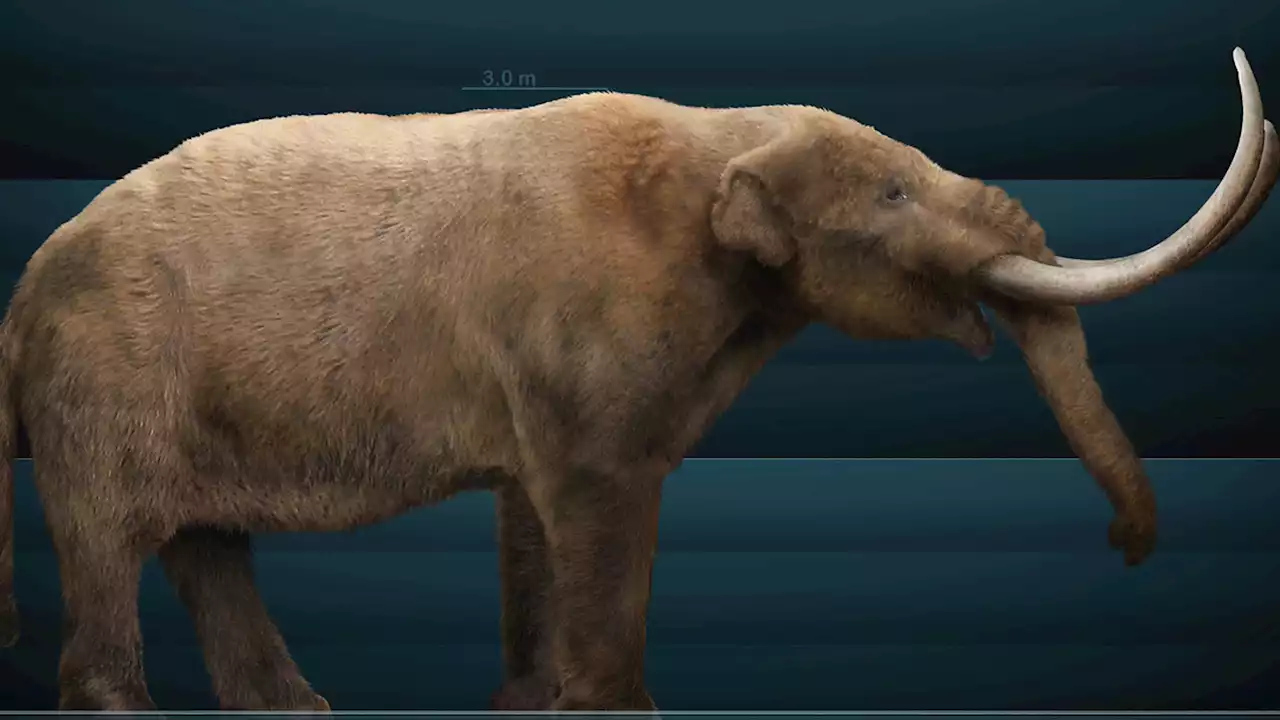Scientists have discovered that microplastics are infesting the Arctic ice algae that many forms of sea life rely on for food.
, Arctic ice algae has become infected with microplastics, threatening the creatures that feed on the algae.
The new study shows that the algae found beneath the Arctic ice have much higher concentrations of microplastics than the surrounding seawater. Researchers say when the algae die, clumps of them carry the microplastics out to the deep sea, which could explain the high concentrations of microplastics found in sediment out there.
Prior to this research, scientists only knew that microplastics somehow concentrate in the ice and then are released into the water when it melts. Now, though, this discovery shows that the Arctic ice plays an important part in how microplastics are moving around the deep sea in those regions of our world.The big problem here is the threat that these microplastics pose not only to the sediment of the deep sea, but also to the sealife that relies on that algae for sustenance.
However, when the summer months roll around, and the Arctic ice melts, the algae clumps up, dying, and sinks to the bottom, taking the microplastics with it. Because the microplastic-ridden algae are heavier, and sink straight to the bottom. This, the researchers say, explains why concentrations of microplastics in the sediment are so high at the edge of the Arctic ice.
Alongside posing a threat to the animals that feed on it, these high concentrations of microplastics mean that any sealife caught for food by the peoples of the Arctic could pose a threat to human life, too. When humans eat the sealife that has eaten microplastic-infected algae, they risk contamination by the chemicals in the plastics.
Indonesia Berita Terbaru, Indonesia Berita utama
Similar News:Anda juga dapat membaca berita serupa dengan ini yang kami kumpulkan dari sumber berita lain.
 Life Beneath the Arctic Ice Is Chock-Full of MicroplasticsFrozen polar waters host a critical species of algae. Accumulating plastic particles could threaten the whole ecosystem.
Life Beneath the Arctic Ice Is Chock-Full of MicroplasticsFrozen polar waters host a critical species of algae. Accumulating plastic particles could threaten the whole ecosystem.
Baca lebih lajut »
 Above the Arctic Circle at climate change's Ground ZeroFollow on Apple, Google or Spotify. Listen on the Reuters app. Read the episode transcript.
Above the Arctic Circle at climate change's Ground ZeroFollow on Apple, Google or Spotify. Listen on the Reuters app. Read the episode transcript.
Baca lebih lajut »
 Scientists uncover the migration of a mastodon that died 13,200 years agoScientists at the University of Michigan have found details of annual migration that a male mastodon would regularly take in the years before his ultimate death.
Scientists uncover the migration of a mastodon that died 13,200 years agoScientists at the University of Michigan have found details of annual migration that a male mastodon would regularly take in the years before his ultimate death.
Baca lebih lajut »
 Scientists uncover the secret recipe of Mayan plasterCopán, located in what is now western Honduras, contains some of the most well-kept structures of all time. What plaster did the Mayans use to make their structures so resistant?
Scientists uncover the secret recipe of Mayan plasterCopán, located in what is now western Honduras, contains some of the most well-kept structures of all time. What plaster did the Mayans use to make their structures so resistant?
Baca lebih lajut »
 Scientists Discover Gene to Base a Male Contraceptive on - And Have Already Patented ItWhile birth control pills have been around for more than six decades for women, male contraception options have been pretty much limited to condoms and vasectomies.
Scientists Discover Gene to Base a Male Contraceptive on - And Have Already Patented ItWhile birth control pills have been around for more than six decades for women, male contraception options have been pretty much limited to condoms and vasectomies.
Baca lebih lajut »
 Harvard Scientists Uncover New Strategy for Repairing DNA Damage in NeuronsResearchers discover a mechanism used by neurons to repair damage that occurs during neuronal activity. Researchers have uncovered a novel mechanism for repairing DNA damage in neurons The study reveals a protein complex that initiates a pathway to repair DNA breaks induced by neuronal activ
Harvard Scientists Uncover New Strategy for Repairing DNA Damage in NeuronsResearchers discover a mechanism used by neurons to repair damage that occurs during neuronal activity. Researchers have uncovered a novel mechanism for repairing DNA damage in neurons The study reveals a protein complex that initiates a pathway to repair DNA breaks induced by neuronal activ
Baca lebih lajut »
